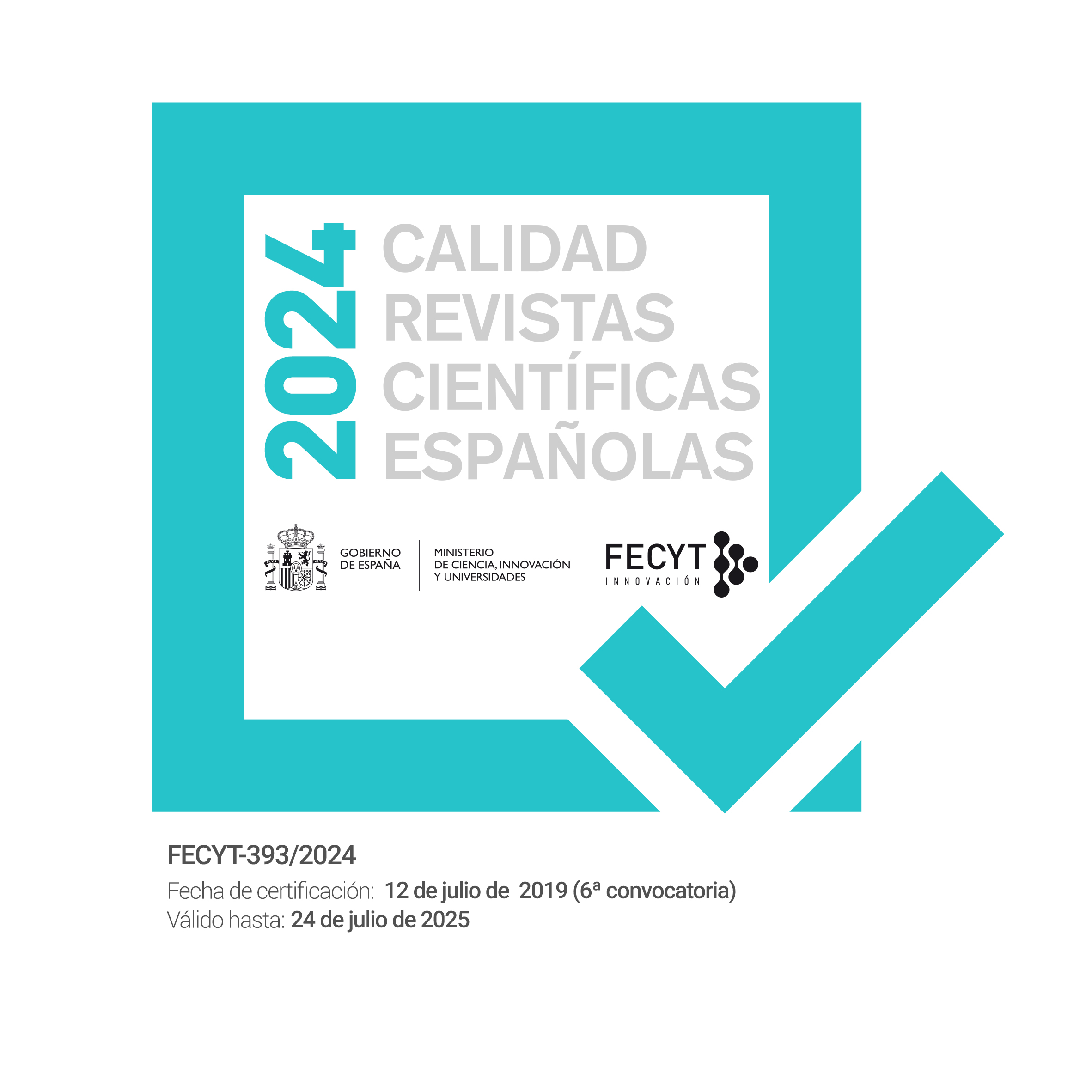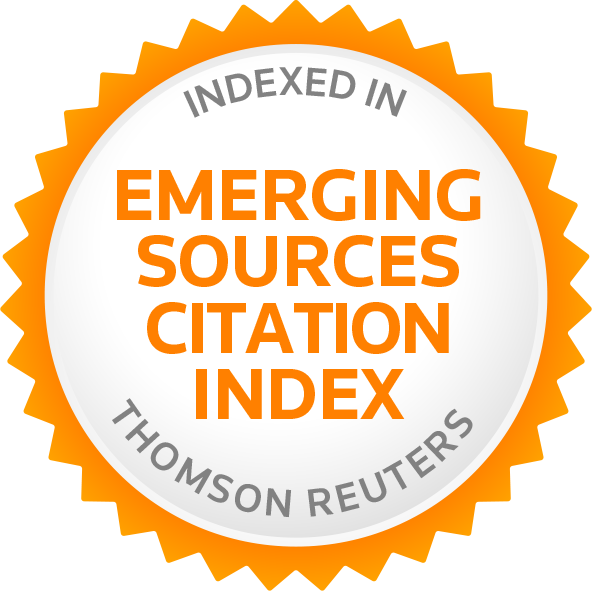Tourist Ports and Yachting: The Case of Sardinia.
DOI:
https://doi.org/10.12795/rea.2017.i34.15Palabras clave:
Nautical tourism, tourist ports, survey, data-analysis, Sardinia-ItalyResumen
The aim of this work is to describe the situation of nautical tourism in one of the largest islands in the Mediterranean through the analysis of the marinas and the sailing habits of the boaters. After outlining the typology, characteristics and functions of the marinas in the introduction, we briefly present the quantitative-qualitative analysis methodology that was carried out through interviews to the stakeholders and subsequent processing of the original information obtained. The presentation of the results concerns the context of Italian ports and then focuses on Sardinia in terms of ports and berths. The discussion, on the other hand, is based on the original analysis of the use of Sardinian ports, the navigation mode of the boaters, including the characteristics of the boats used. In the conclusions, it is emphasized that Sardinia is at the centre of a boating area that extends to the Upper Tyrrhenian Sea, within which it represents a hub and the favourite area for the most important and rich segment of yachts. This, however, does not preclude existing structures from pursuing an improvement in the supply from the point of view of environmental compatibility, of the quality of the services offered and, above all, of a stronger connection to the tourist offer of the hinterlands.
A possible development of the present study may cover other similar cases in the Mediterranean, regarding in particular the specific aspect of the degree of openness towards the boaters coming from "continental" territories.
Descargas
Citas
Adriatic Report. Il diportismo nautico come catalizzatore di un turismo integrato in Adriatico (2003). Provincia di Ancona, Ancona, 197p.
Alcover, A., Alemany, M., Jacob, M., Payeras M. et al. (2011). The economic impact of yacht charter tourism on the Balearic economy. Tourism Economics 3, 625-638.
https://doi.org/10.5367/te.2011.0045
AMI-CENSIS (2008). La sfida della nautica: porti, servizi, tecnologie. Terza indagine sul turismo nautico in Italia.[On line]. <http://www.ontit.it/opencms/export/sites/default/ont/it/documenti/archivio/files/ONT_2008-10-01_00096.pdf> [20 march 2017].
Benevolo, C. (2010). Turismo nautico. Una sfida per il destination management. Rivista di Scienze del Turismo 3, 105-129.
Bruttomesso R. (2009). Transformaciones del paisaje portuario. Portus 18, 10-15.
Diakomihalis, M.N. and Lagos, D.G. (2008). Estimation of the economic impacts of yachting in Greece via the tourism satellite account, Tourism Economics 4, 871-887.
https://doi.org/10.5367/000000008786440139
Favro, S. and Saganić-Geoadria, I. (2007). Natural characteristics of Croatian littoral area as a comparative advantage for nautical tourism development. Geodaria 1,59-81.
Federazione del Mare-CENSIS (2015). V Rapporto sull'economia del mare, Cluster marittimo e sviluppo in Italia e nelle regioni. Milano:FrancoAngeli, 57p.
Fortezza, F. (2009). La nautica da diporto: reti produttive, risorse umane e sfide strategiche. Milano:FrancoAngeli, 187p.
Garrod, B. and Gossling, S. (2008). New Frontiers in Marine Tourism: Diving Experiences, Sustainability, Management. Oxford:Elsevier, 225p.
https://doi.org/10.1016/B978-0-08-045357-6.50005-X
Horak, S. (2013). Nautical tourism, 2013. Demand for nautical tourism in Europe-case study Croatia. In Lukovic, T. (Eds) Nautical Tourism (pp. 159-188). Dubrovnik: University of Dubrovnik. https://doi.org/10.1079/9781780642444.0159
Horak, S.; Marusic, Z. and Favro, S. (2006). Competitiveness of Croatian nautical tourism. Tourism in Marine Environments 17, 145-161.
https://doi.org/10.3727/154427306779435274
ISPO-Istituto per gli Studi sulla Pubblica Opinione (2009). Gli italiani e la nautica ai tempi della crisi dei consumi. [On line]. <http://www.ispo.it/> [20 march 2017]. Italian Ship & Yacht Brokers Association (2017). [On line]. < http://www.isyba.it/> [20 march 2017].
Ivaldi, E. and Ugolini, G.M. (2016). Il turismo nautico: una filiera produttiva importante sostiene l’attività leisure, in Becheri, E. and Maggiore, G. (Eds) XX Rapporto sul Turismo Italiano 2015/2016 (pp. 507-524). Napoli: Rogiosi Editore.
Ivaldi, E.; Soliani, R. and Ugolini, G.M. (2016a). The effects of the crisis on nautical tourism: an analysis of the Italian situation regarding port features, linked economic activities and taxation. In Hacıoğlu, Ü. (Eds) Global Financial Crisis and its Ramifications on Global Economic Activity (pp. 587-601). Berlin: Springer.
Ivaldi E.; Soliani R. and Ugolini G.M. (2016b). Shipbuilding in Italy at the end of the crisis. Is there a road to recovery? In Hacıoğlu, Ü. (Eds) Global Financial Crisis and its Ramifications on Global Economic Activity (pp. 603-614). Berlin, Springer.
Ivaldi, E. (2013). Un'analisi del mercato della nautica da diporto in Italia 2005 - 2011: verso una ripresa possibile?In Tola, A. (Eds) Il settore della nautica nel nord Sardegna, innovazione tecnologica, sviluppo competitivo e dinamica di crescita delle imprese (pp. 37-51). Milano: FrancoAngeli.
Jovanovic, T.; Dragind S.; Armenski, T. and Pavic D. (2013). What demotivates the tourist? Constraining factors of nautical tourism. Journal of Travel & Tourism Marketing 30, 858-872. https://doi.org/10.1080/10548408.2013.835679
Jugović, A.; Kovačićd M. and Hadžić, A. (2011). Sustainable development model for nautical tourism ports. Tourism and Hospitality Management 17, 175-186.
Luck, M. (2007). Nautical Tourism. Concepts and Issues. Cognizant Communication Corp, Elmsford, xiii + 147p.
Mendola, D. and Ruggieri, G. (2004). Una metodologia campionaria per lo studio del turismo nautico. Problemi di stima e implicazioni sulla quantificazione del turismo sommerso. In Giambalvo, O. and Parroco, A.M. (Eds) Analisi dei mercati turistici regionali e sub-regionali: costumi sociali e risorse economiche per una politica di sviluppo sostenibile del territorio (pp. 153-168). Bologna, Collana di Studi Statistici, Università di Bologna.
Miller, M.L. (1993). The Rise of Coastal ond Marine Tourism. Ocean & Coastal Management 3, 181-199. https://doi.org/10.1016/0964-5691(93)90066-8
Ministero delle Infrastrutture e dei trasporti (2014). Il diporto nautico in Italia-anno 2014. Roma, Istituto Poligrafico e Zecca dello Stato spa, 106p.
Nuccio, I. (2011). Il turismo nautico in Italia: le potenzialità di un settore già leader. In Becheri, E. and Maggiore G. (Eds) XVII Rapporto sul turismo italiano 2010-2011, pp. 633-645. Milano:FrancoAngeli.
Orams, M. (1999). Marine Tourism. Development, Impacts and Management. London/New York, Routledge, 394p. https://doi.org/10.4324/9780203197110
Osservatorio Nautico Nazionale (2008). Rapporto sul turismo nautico. Genova, 75p.
Osservatorio Nautico Nazionale (2013). Rapporto sul turismo nautico. Genova, 144p.
Osservatorio Nautico Nazionale (2014): Rapporto sul turismo nautico. Genova, 150p.
Pagani-Isnardi, S.; Cavalieri, P.; Ivaldi, E. and Morchio, E. (2015). La Nautica in Cifre, Analisi del Mercato per l'anno 2014. Genova, Ucina, 53p.
Pagine azzurre Il portolano dei mari d’Italia, Anno XXV (2014). Milano: Mursia, 720p.
Penco, L. (2008a). I due nuclei focali della nautica da diporto: contenuti e modelli di rappresentazione”. In Quagli, A. (Eds) Analisi gestionale dei porti turistici nella nautica da diporto. Il caso di Imperia (pp. 40-62). Milano:FrancoAngeli.
Penco, L. (2008b). La portualità turistica: definizione del business e dei fattori di competitività, in Quagli, A. (Eds) Analisi gestionale dei porti turistici nella nautica da diporto. Il caso di Imperia, pp. 64-91. Milano:FrancoAngeli.
Quagli, A. (2008). Introduzione, in Quagli A. (Eds) Analisi gestionale dei porti turistici nella nautica da diporto, Il caso di Imperia, pp. 212-253. Milano:FrancoAngeli.
Ruggeri, G. (2007). Il turismo del mare in Italia: nautica da diporto e turismo nautico. In Becheri E. (Eds) XIV Rapporto sul turismo italiano (pp. 427-440). Firenze: Mercury.
Ugolini, G.M. and Ivaldi, E. (2015). The Nautical Quality Index (NaQi): Metodology and Application to the Case of Italy. Review of Economics & Finance 5, 43-58.
Ugolini, G.M. (2014). Il turismo nautico: un’analisi per il rilancio. In Becheri, E. (Eds) XIX Rapporto sul turismo italiano, 2012-2013 (pp. 405-432). Firenze: Mercury.
Ugolini G.M. (2013a). Sustainability and eco-compatibility of marinas in Italy: an analysis by area and type.In Atti del Quarto Simposio Internazionale: Il Monitoraggio Costiero Mediterraneo: problematiche e tecniche di misura, Livorno 12-13-14 giugno 2012, pp. 547-554. Firenze:CNR- Istituto di Biometeorologia.
Ugolini, G.M. (2013b). La portualità turistica in Italia: un’analisi geoeconomica per macroaree. In Belluso R. and Paratore, E. (Eds) Valori naturali, dimensioni culturali. Percorsi di ricerca geografica (pp. 633-647). Roma, Edigeo.
Ugolini, G.M. (2010). Infrastrutture portuali e turismo nautico: un nodo da sciogliere a scala regionale. Geotema 40, 110-118.
Van der Merwe, P., Slabbert, E. and Saayman, M. (2010). Travel Motivations of Tourists to Selected Marine Destination. International Journal of Tourism Research 5, 457-467.
Descargas
Publicado
Cómo citar
Número
Sección
Licencia
La edición electrónica de la Revista de Estudios Andaluces se ofrece en acceso abierto desde el número 28 publicado en 2011 hasta la actualidad. Las ediciones impresa y electrónica de esta Revista son editadas por la Editorial de la Universidad de Sevilla, siendo necesario citar la procedencia en cualquier reproducción parcial o total.
La Revista de Estudios Andaluces no cobra tasas por el envío de trabajos, ni tampoco cuotas por la publicación de sus artículos. La Revista es gratuita desde el momento de la publicación de cada número y sus contenidos se distribuyen con la licencia “CreativeCommons Atribución-NoComercial-SinDerivar 4.0 Internacional” , que permite al usuario de la Revista de Estudios Andaluces criterios que cumplen con la definición de open access de la Declaración de Budapest en favor del acceso abierto. Puede consultar desde aquí la versión informativa y el texto legal de la licencia. Esta circunstancia ha de hacerse constar expresamente de esta forma cuando sea necesario.







